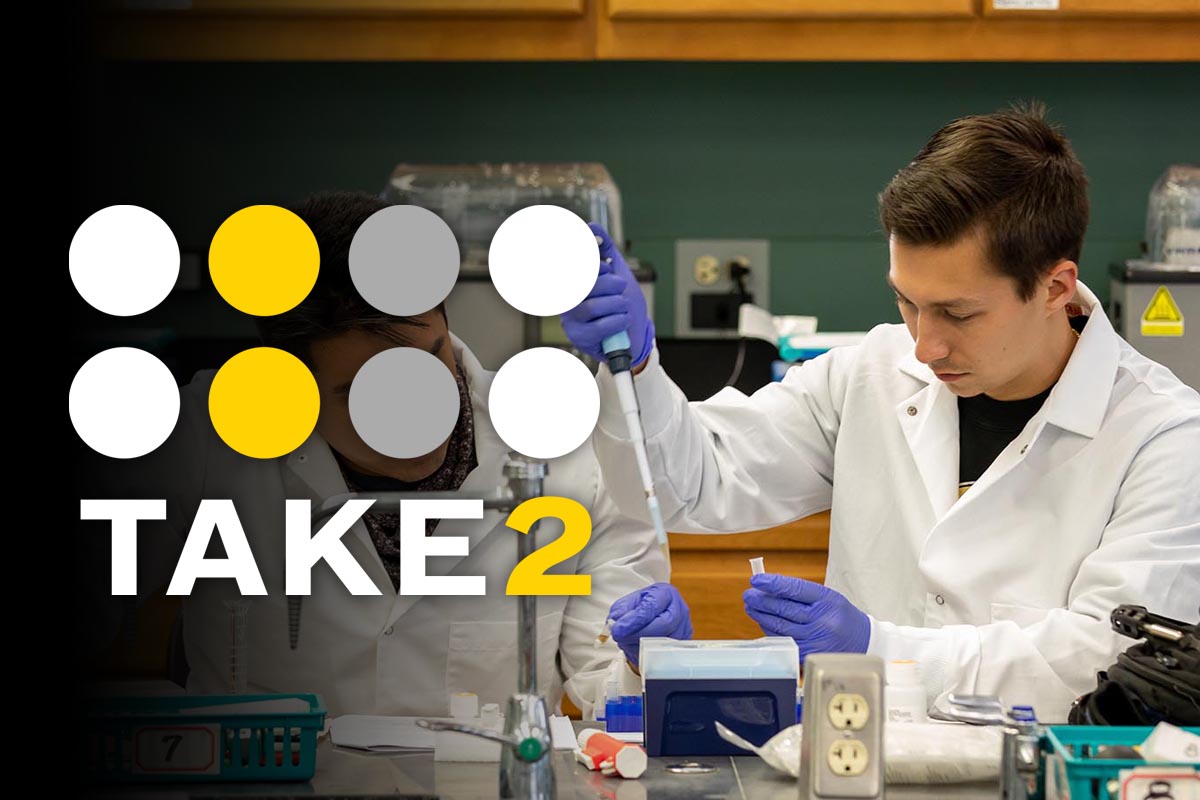Q&A with new faculty: Beth Gafford

Beth Gafford
After studying sports medicine at the University of Virginia and working in the healthcare field, Beth Gafford ’15 M.A.T. was inspired to chart a new career path in education.
“I first became interested in education shortly after our son was born,” said Gafford, an Appomattox native who joined Randolph’s faculty as a visiting assistant professor of education this year. “I was so intrigued at the various early intervention strategies and therapy teaching that we were involved in that I decided to pursue a career in the field of special education.”
Gafford accepted her first teaching position in Appomattox County in 2014, the same year she entered Randolph’s Master of Arts in Teaching (M.A.T.) program.
Before going into higher education herself, Gafford taught special education in elementary, middle, and secondary schools, as well as alternative education programs. Her experience in public school classrooms inspired her to research reading programs and strategies to assist struggling learners.
In 2017, she completed an Ed.S in educational leadership and became an assistant principal at Appomattox County High School during the 2019-20 academic year.
Last year, she served as Heritage High School’s special education coordinator while also working as an adjunct at Randolph during the fall 2020 semester.
This fall, she’s teaching special education law, educational psychology and human development, survey of special education, curriculum and instruction for preK-12, and student teaching.
You’ve taught at Randolph in an adjunct capacity before, and graduated from our M.A.T. program. What interested you in returning as a visiting professor?
“While a graduate student in the program, I immediately connected to Dr. Schimmoeller, Professor Woods, and Dr. Lindeman. I looked up to those three professionals with great respect and admiration. The passion they had often overflowed into classes, and I felt that I wanted to some day do exactly what they were doing. I wanted to share my love of the profession with future teachers. After graduation, I stayed in touch with Dr. Schimmoeller and Professor Woods. I had also expressed my desire to teach college courses to Dr. Schimmoeller. I believe the connection and my continued professional growth has really shaped who I am as a current professor.”
Describe your teaching style. What can students expect in your classes?
“I like to describe my teaching style as practical and relatable. I often tell my students I want them to be my colleagues, so we must work together in the classroom. To me, collaboration is a major characteristic in the field of education but so is also having a growth mindset. Reflecting this in the classes I teach while also sharing personal, real-world experiences helps make connections to students. Students understand from this relationship that I expect them to be professional in my classroom as they would if we were co-teachers in a preK-12 setting.”
Can you talk a little bit more about your research regarding reading programs and strategies to help struggling learners? Where did your interest in that field of study come from?
“My research directed at struggling readers started when I was in the M.A.T. program. At that time, I was teaching in a special education classroom for both grades one and two. I immediately noticed struggles students had with phonics and even understanding phonemes. This was evident not only for the students who were identified to have a disability, but also students who were struggling in general in reading. There are numerous phonics-based reading programs as well as assessments, but most of the assessments focused on getting the entire word correct. I felt looking more closely at the phonemes could be more telling of a student’s understanding of spelling. By looking more closely at spelling in smaller parts, teachers are able to develop a true individualized plan for students that is more powerful during direct instruction.”
What do you like to do outside of the classroom as far as hobbies or other activities?
“When I’m not in the classroom, my family keeps me busy. I am a volunteer varsity volleyball coach at Appomattox County High School. Our son, Samuel, who is 9 years old, plays travel lacrosse and recreational lacrosse. He has been playing since he was 4, so we are now at the stage where he plays all year. Our daughter, Samantha, age 3, has been taking gymnastics classes since she was 1 year old. She enjoys this as well, but this too is a year-round sport that keeps us busy. My husband and I both enjoy deer hunting (when we find time) and our son has also taken to the woods as well. I also play the piano and play for our church youth choir.”

